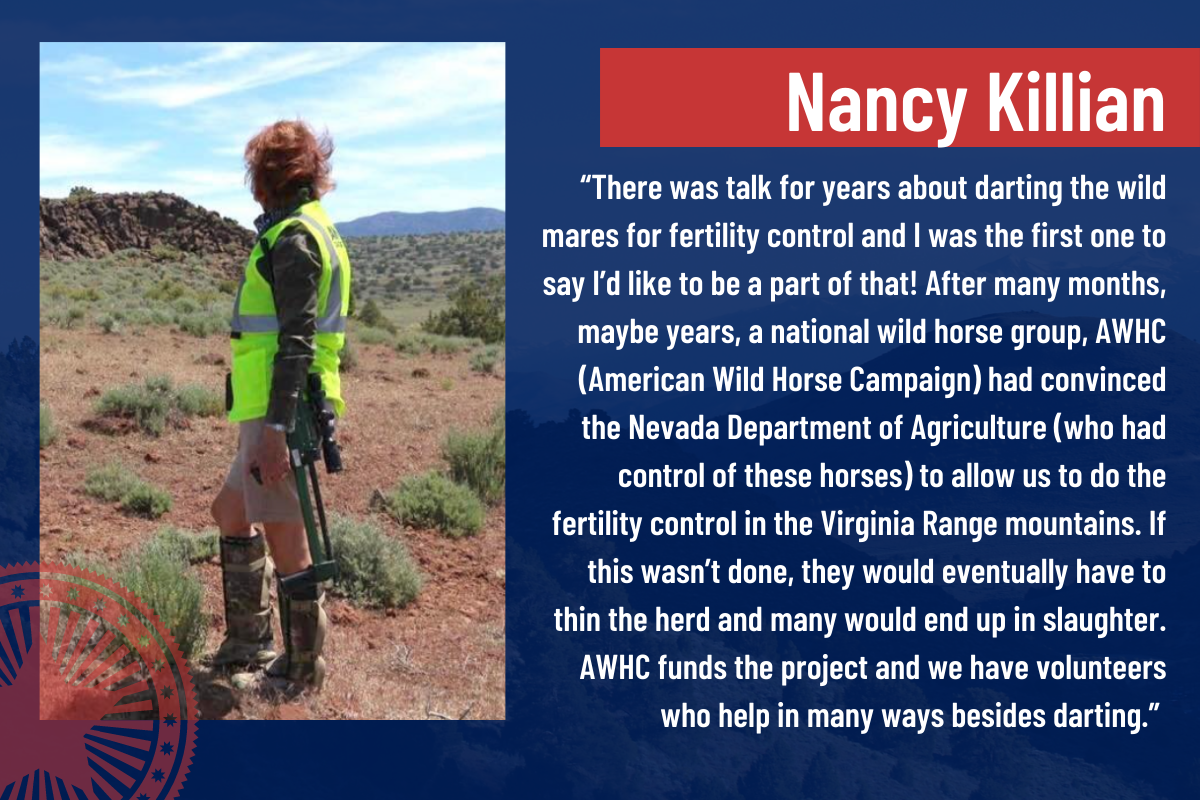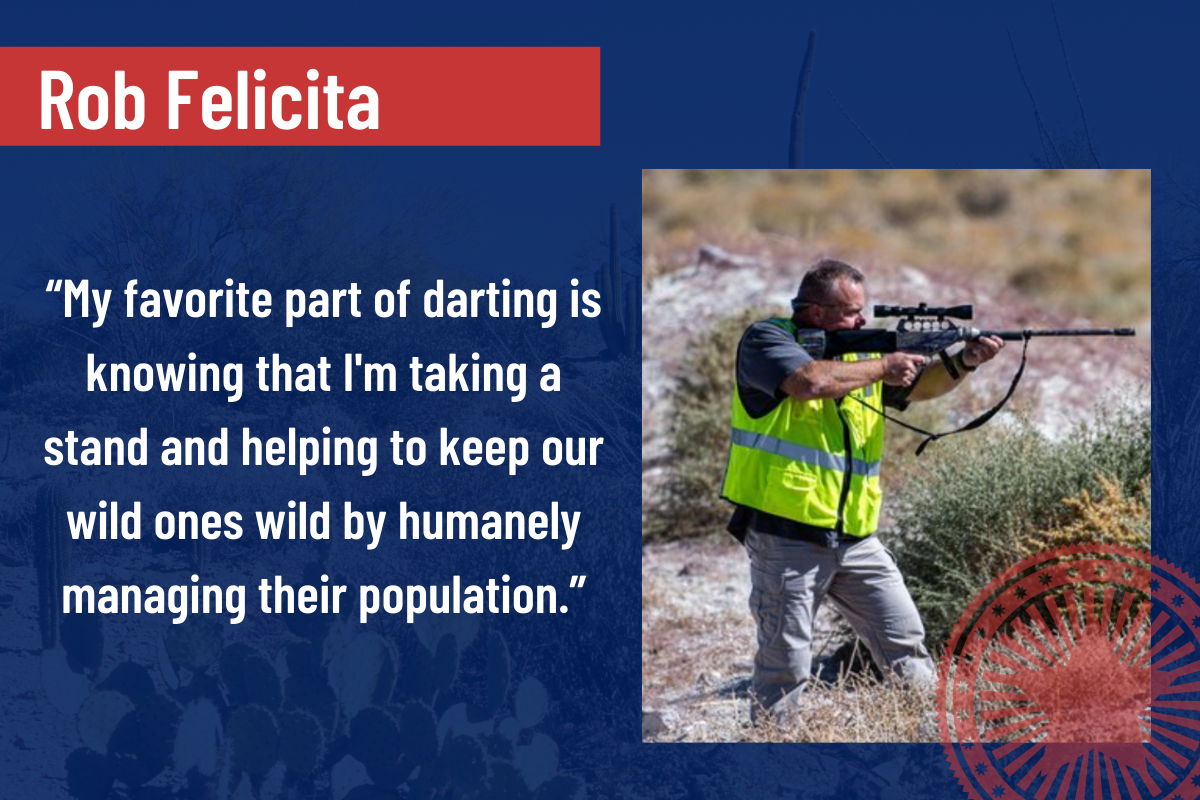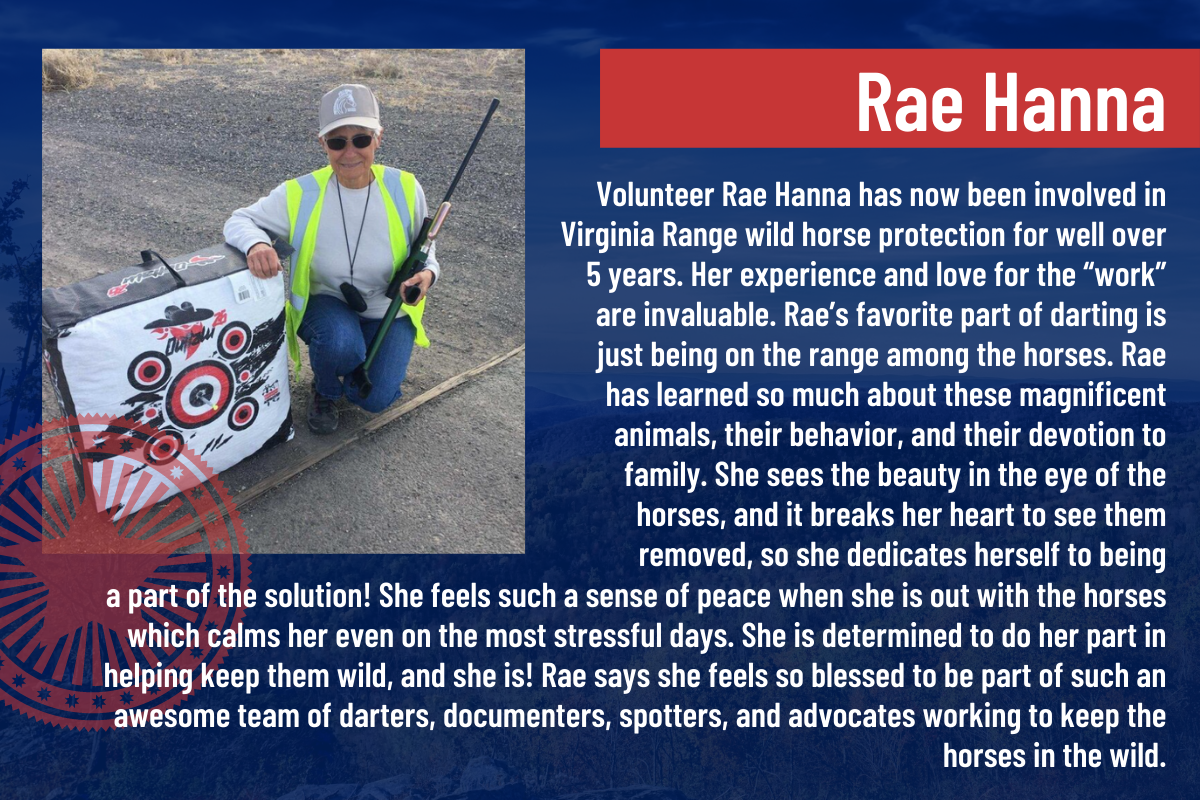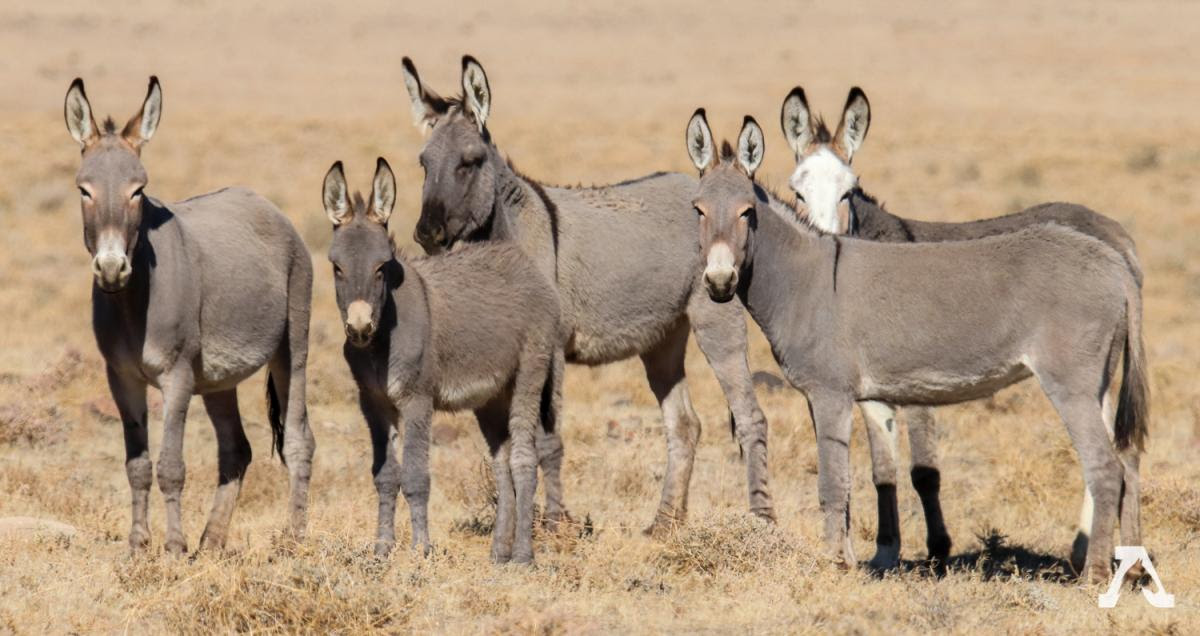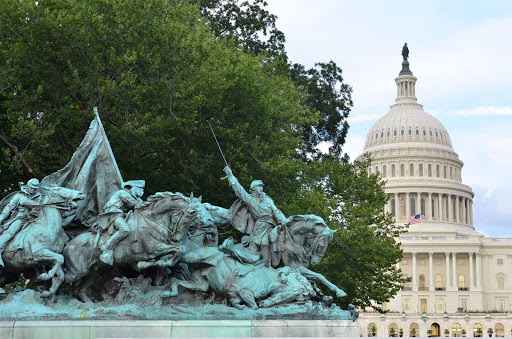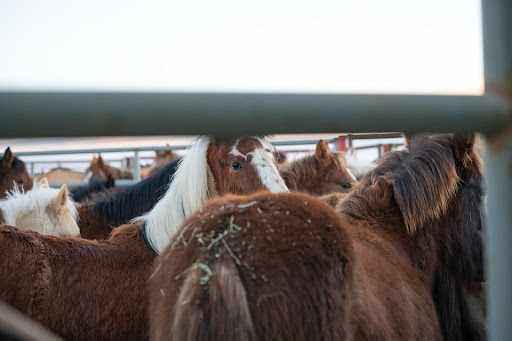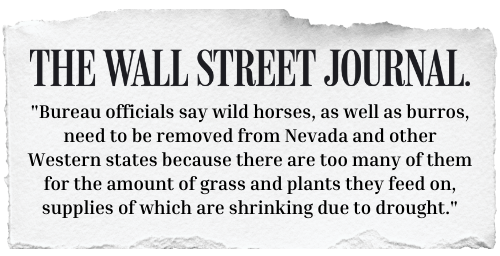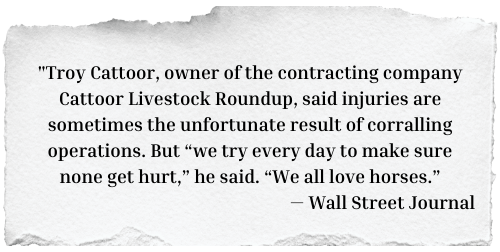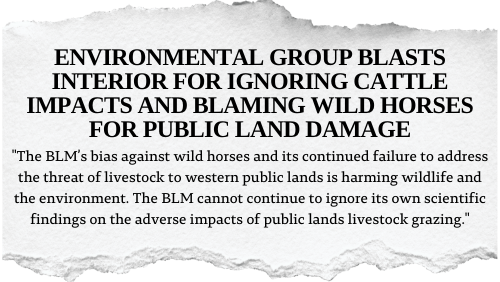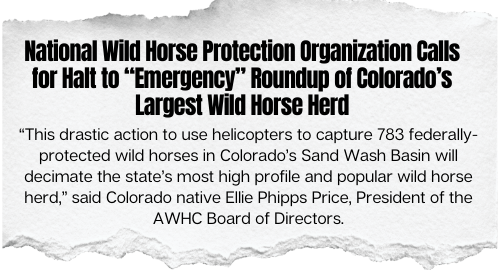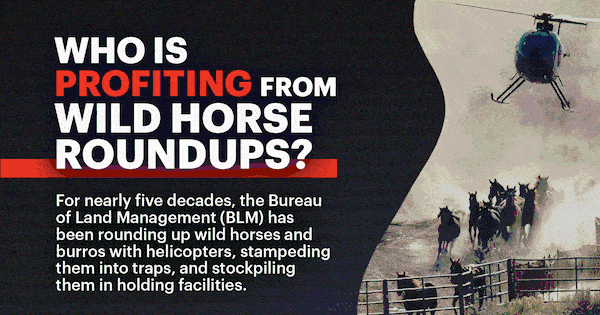3 ways you can celebrate 🌎 Day AND protect wild horses and burros >>
The following is from the American Wild Horse Campaign:

Happy Earth Day! 
More than 50 years ago, Earth Day was created as a day to put all other issues aside and focus on the protection of our beautiful planet and all of the amazing creatures who call it home.
Every single day, our team sees firsthand the threats that wild horses and burros face — whether that be the dangerous adoption incentive program, brutal helicopter roundups, or the interests of the cattle industry superseding the needs of these innocent equines.
So this Earth Day, we can think of no better way to celebrate than by lifting up our voices together to protect wild horses and burros and the public lands these cherished animals call home! TAKE ACTION FOR WILD HORSES AND BURROS AND MAKE OUR VOICES HEARD →
Over the next 5 years, the Bureau of Land Management (BLM) is planning to conduct mass roundups and removals of over 100,000 wild horses and burros from across the West – more of these animals than even exist today!
What has been framed as a plan for “necessary” population management is no more than a thinly veiled attempt to appease the special interests of the livestock industry — an industry that has been lobbying Congress for decades so that ranchers may graze their personal animals on public lands for cheap.
This is not a path forward, it’s a path toward ecological destruction.
So, as we celebrate Earth Day today, we can think of no better way to commemorate this special holiday than by doubling down on our commitment to ensure that our cherished wild horses and burros remain free, in the wild on the public lands they call home. Here are 3 ways you can take action to support our wild herds today:
1. Call on your members of Congress to support wild horse-friendly language in the FY23 Appropriations bill. Congress already took historic steps this year when it passed the FY22 spending bill to ensure the BLM utilizes up to $11 million to implement a fertility control vaccine program. Now, we’re calling for this historic move once again in the FY23 bill! Take action now to ensure humane management of our wild herds →
2. Watch & share on social AWHC team members’ national interview with Samantha Bee from her political satire show, Full Frontal. Get ready to laugh and learn more about the plight of our wild herds.
3. Purchase a KT Merry wild horse print. As part of an Earth Day special, KT is donating 30% of all print sales to AWHC to keep wild horses in the wild where they belong! Promo ends on 4/23.
While we may celebrate this important holiday just once a year, our fight to preserve the freedom of wild horses and burros never stops.
Thanks for continuing to stand by our side, and happy Earth Day! 


American Wild Horse Campaign


